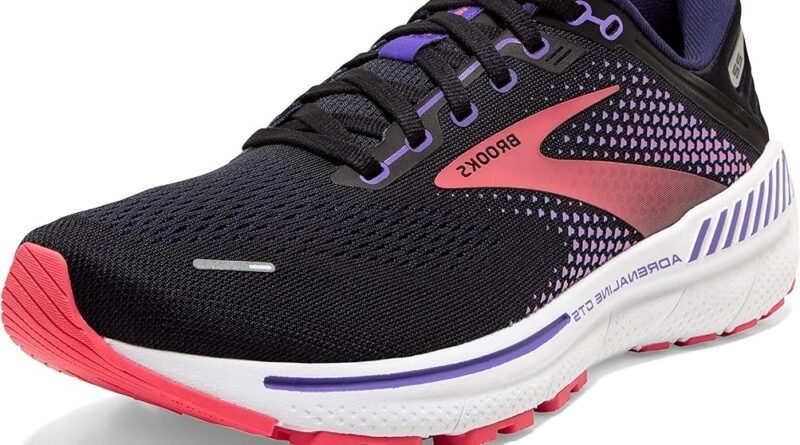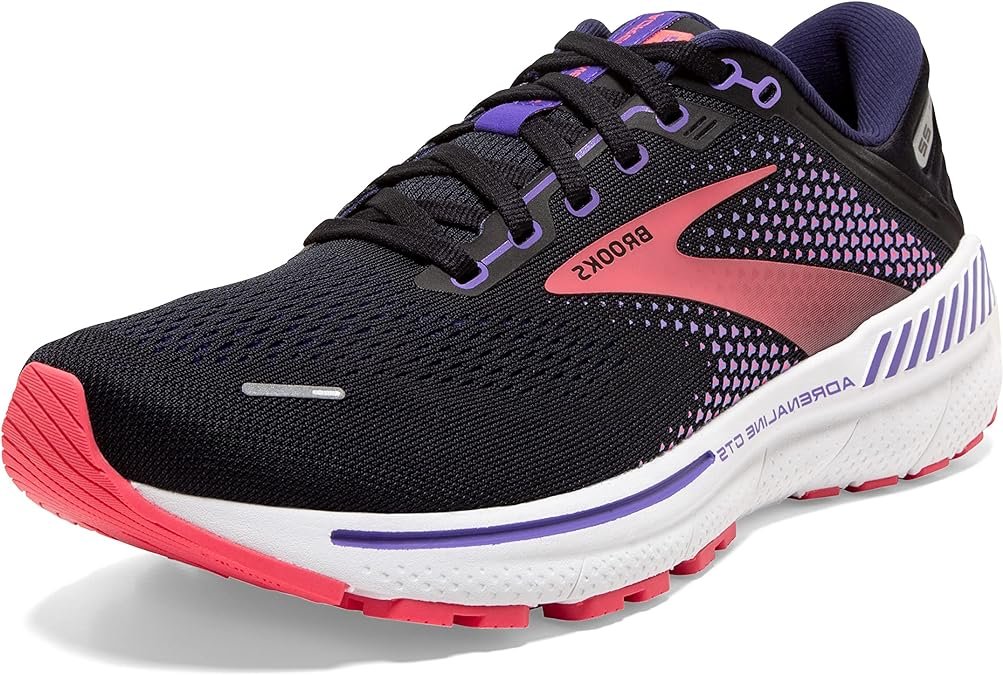The Technological Advances in Running Shoes
Athletic shoes have evolved far beyond their original function of protecting the feet. Today, they incorporate advanced technologies that enhance performance and reduce the risk of injury. Here are some of the key technological innovations in running shoes:
Shock Absorption and Energy Return
One of the most significant advancements in running shoes is the development of advanced cushioning technologies. Ethylene-vinyl acetate (EVA) foam has been a long-standing choice for shock absorption. However, brands like Nike and ASICS have introduced specialized systems like pressurized air units and gel-based cushioning, respectively. More recently, Adidas and New Balance have explored alternative foams to EVA.
Another breakthrough is the incorporation of energy return and propulsion technologies. For example, Nike’s Vaporfly shoes feature carbon fiber plates that act like springs, enhancing energy conservation and speed over long distances. Similarly, Nike’s ZoomX shoes use Pebax foam, known for its lightweight properties and high energy return.
Lightweight Components
The weight of running shoes significantly impacts performance. Innovations in materials have led to lighter shoes without compromising support and durability. Knitted uppers, such as Nike’s Flyknit and Adidas’ Primeknit, provide a sock-like fit while reducing weight. Engineered mesh uppers offer breathability and comfort without adding bulk. Additionally, advances in midsole materials have contributed to overall weight reduction.
Personalization and Fit
A perfect fit is crucial for comfort and performance. Recent innovations include custom 3D-printed insoles and uppers tailored to the runner’s foot shape and function. Adaptive fit technologies, like Nike’s Flywire, use lightweight cables that adjust with the laces for a more personalized fit.
Sustainability
Environmental concerns have prompted running shoe companies to adopt more sustainable practices. Brands are increasingly using recycled and eco-friendly materials, such as recycled polyester and bio-based foams, to reduce the environmental impact of their products.
Smart Shoes
The advent of smart shoes has revolutionized how runners track and improve their performance. These shoes feature embedded sensors that monitor metrics like distance, pace, cadence, and impact forces. The data collected helps athletes optimize their training, refine their running technique, and prevent injuries.
Conclusion
Running shoes continue to evolve through a blend of scientific and artistic innovation. From advanced cushioning systems with energy return capabilities to lightweight materials and smart technology, these advancements have fundamentally transformed running footwear.
For more information, visit:
Podiatry FAQ – What Happened to the Airia One Running Shoe?
Article source: ArticleBiz.





